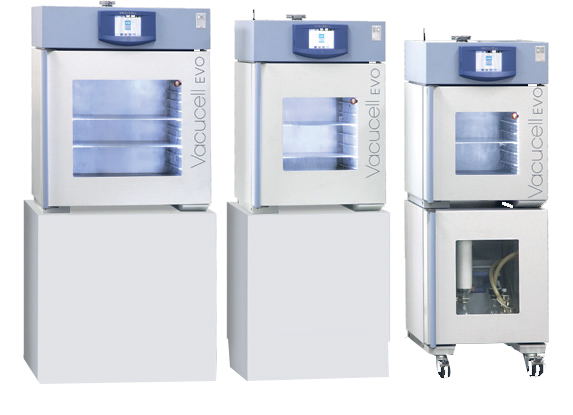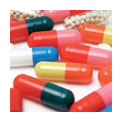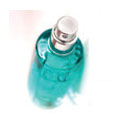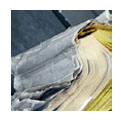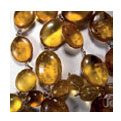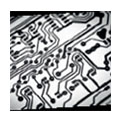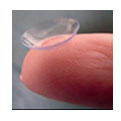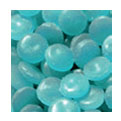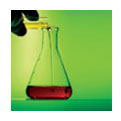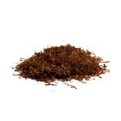IO0111 OVEN, VACUUM DRYING, 'VACUCELL' WITH 'EVO' CONTROLLER
|
|
APPLICATIONS
|
TECHNICAL DATA
| Internal space - chamber, stainless steel DIN 1.4301 (AISI 316 Ti) | volume | L | 22 | 55 | 111 |
| width | mm | 340 | 400 | 540 | |
| depth | mm | 260 | 320 | 410 | |
| height | mm | 300 | 430 | 480 | |
| External dimensions (including door and handle, feet) | width | max. mm | 560 | 620 | 760 |
| depth | max. mm | 500 | 560 | 650 | |
| height | max. mm | 780 | 910 | 960 | |
| Package – dimensions (three-layer carton) | width | mm | 510 | 990 | 990 |
| depth | mm | 690 | 830 | 830 | |
| height (inc palette) | mm | 870 | 1300 | 1300 | |
| Weight | nett | kg | 68 | 101 | 133 |
| brutt | kg | 91 | 186 | 218 | |
| Shelves | Shelves | Max No | 5 | 7 | 8 |
| standard equipment | pc | 2 | 2 | 2 | |
| minimal distance between screens | mm | 40 | 47 | 47 | |
| storage area | mm | 280×236 | 340×296 | 480×386 | |
| Maximal load | for a shelf | kg | 20 | 25 | 25 |
| inside the device - in total | kg | 35 | 45 | 65 | |
| Number of outer metal doors | pc | 1 | 1 | 1 | |
| Electric data | max power | W | 800 | 1200 | 1800 |
| Protective system | IP20 | IP20 | IP20 | ||
| Working temperature | from 5°C above ambient temperature | to°C | 250 | 250 | 250 |
| Temp. deviations acc. to DIN 12 880 from working temperature (Al racks, pressure 5-10 mbar) **) | in space at 100°C | ± °C | 2 | 2 | 3 |
| in space at 200°C | ± °C | 5 | 6 | 7 | |
| in time | ± °C | 0,4 | 0,4 | 0,4 | |
| Temp. deviations acc. to DIN 12 880 from working temperature (stainless racks, pressure 5-10 mbar) **) | in space at 100°C | ± °C | 10 | 10 | 11 |
| in space at 200°C | ± °C | 18 | 23 | * | |
| in time | ± °C | 0,5 | 1 | 1 | |
| Time of rise onto 98% voltage 230 V –Al racks, pressure 5-10 mbar | onto temp. 100°C | min | 60 | 65 | 110 |
| onto temp. 200°C | min | 80 | 86 | 130 | |
| Time of rise onto 98% voltage 230 V – stainless | onto temp. 100°C | min | 130 | 140 | 170 |
| onto temp. 200°C | min | 170 | 180 | 220 | |
| Heat emission | at 100°C | W | 150 | 260 | 370 |
| at 200°C | W | 300 | 520 | 750 | |
| Vacuum connection | vacuum connector | DN mm (KF) | 16 | 16 | 16 |
| max. attainable vacuum | mbar | <5·10-4 | <5·10-4 | <5·10-4 | |
| max. attainable vacuum | mbar | 5.10-4 | 5.10-4 | 5.10-4 | |
| chamber leakage | mbar.I.s-1 | <5.10-3 | <5.10-3 | <5.10-3 | |
| Measuring access port | DN mm (KF) | 40 | 40 | 40 | |
| Connection (including hose terminal ∅ 12 mm) |
for inert gas or air
|
DN mm (KF)
|
16
|
16
|
16
|
|
|
Note: All technical data are related to 22°C ambient temperature and ± 10% voltage swing (if not specified). *) Not measured **) Heat transport to sample in shelves under vacuum is performed through shelves leads; that is why the above stated temperature variations apply to temperatures on shelves surfaces; the measuring sensors must be in perfect heat-conductive contact with the shelf surface. Samples placed on shelves must also be in perfect contact with shelves, the temperature of samples depends mainly on their physical characteristics and on contact with the shelf. The values may differ depending on specific charge and media parameters. Change in the design and make reserved.
|
|

